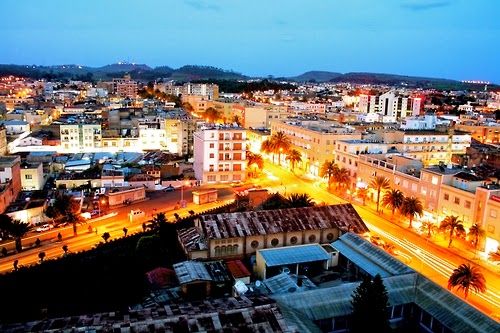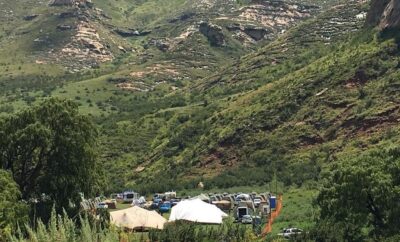Discovering Asmara: A Journey Through Eritrea’s Timeless Capital
Asmara, the capital city of Eritrea, is a unique urban tapestry that weaves historical, cultural, and architectural significance into a vibrant community. Often referred to as “La Piccola Roma” (Little Rome), Asmara is renowned for its well-preserved colonial Italian architecture, which earned the city a UNESCO World Heritage designation in 2017. This article explores Asmara’s historical background, cultural significance, architectural highlights, and the everyday life that pulses through its streets, offering a window into this remarkable city.
Historical Background
Asmara’s history is as diverse as its architecture. Originally a tiny village known for its four Madeiras (streams), the city grew significantly when it was chosen as the capital of Italian Eritrea in the late 19th century. Under Italian rule, Asmara experienced a construction boom, transforming into a stylish modernist city. After Eritrea’s struggle and subsequent independence from Ethiopian annexation in 1991, Asmara has continued to evolve, albeit at a pace that respects its historical roots and architectural heritage.
Cultural Significance
Asmara is more than just its buildings; it is a melting pot of cultures and religions, reflecting a community where diversity is celebrated daily. The city’s population is a harmonious blend of Eritrea’s nine ethnic groups, including Tigrinya, Tigre, Saho, and others. Each group brings its traditions, language, and customs, enriching the city’s social fabric. Asmara’s cultural diversity is also evident in its religious architecture, with churches, mosques, and temples coexisting peacefully, often within walking distance.
Architectural Highlights
The architecture of Asmara is a frozen skyline of Art Deco, futurist, and modernist styles, which makes walking through the city feel like stepping back into the early 20th century. Notable buildings include the Fiat Tagliero Building, designed to resemble an airplane ready to take off, and the Cinema Impero, which is adorned with 45 bas-reliefs depicting scenes of various technological achievements. These buildings demonstrate the artistic ambitions of their Italian architects and represent a unique blend of colonial influence and local adaptation.
Everyday Life
Despite its historical and architectural significance, Asmara is not stuck in the past; it is a living city vibrant with the energy of its people. Markets, cafes, and streets bustle with activity. Harnet Avenue is particularly lively, offering a glimpse into the residents’ daily lives. Here, coffee — an integral part of Eritrean culture — is enjoyed in streetside cafes, often accompanied by lively discussions and traditional music.
Challenges and Prospects
Like many cities with rich histories, Asmara faces challenges, including preserving its cultural heritage while adapting to modern needs. Economic and political issues also pose hurdles to infrastructure development and artistic preservation. However, the city’s inclusion on the UNESCO World Heritage list has sparked new interest in preserving its architectural gems, potentially ushering in a new era of tourism and economic development.
Conclusion
Asmara stands as a testament to the enduring spirit of its people and the rich tapestry of cultures that define it. The city’s blend of history, culture, and architecture offers a unique glimpse into a past era while thriving as a dynamic modern city. For those interested in the confluence of history and modernity, Asmara offers a compelling destination. These promising experiences are as enriching as they are educational. As the city looks to the future, it remains a symbol of resilience and beauty, proudly bearing its heritage into the modern age.



